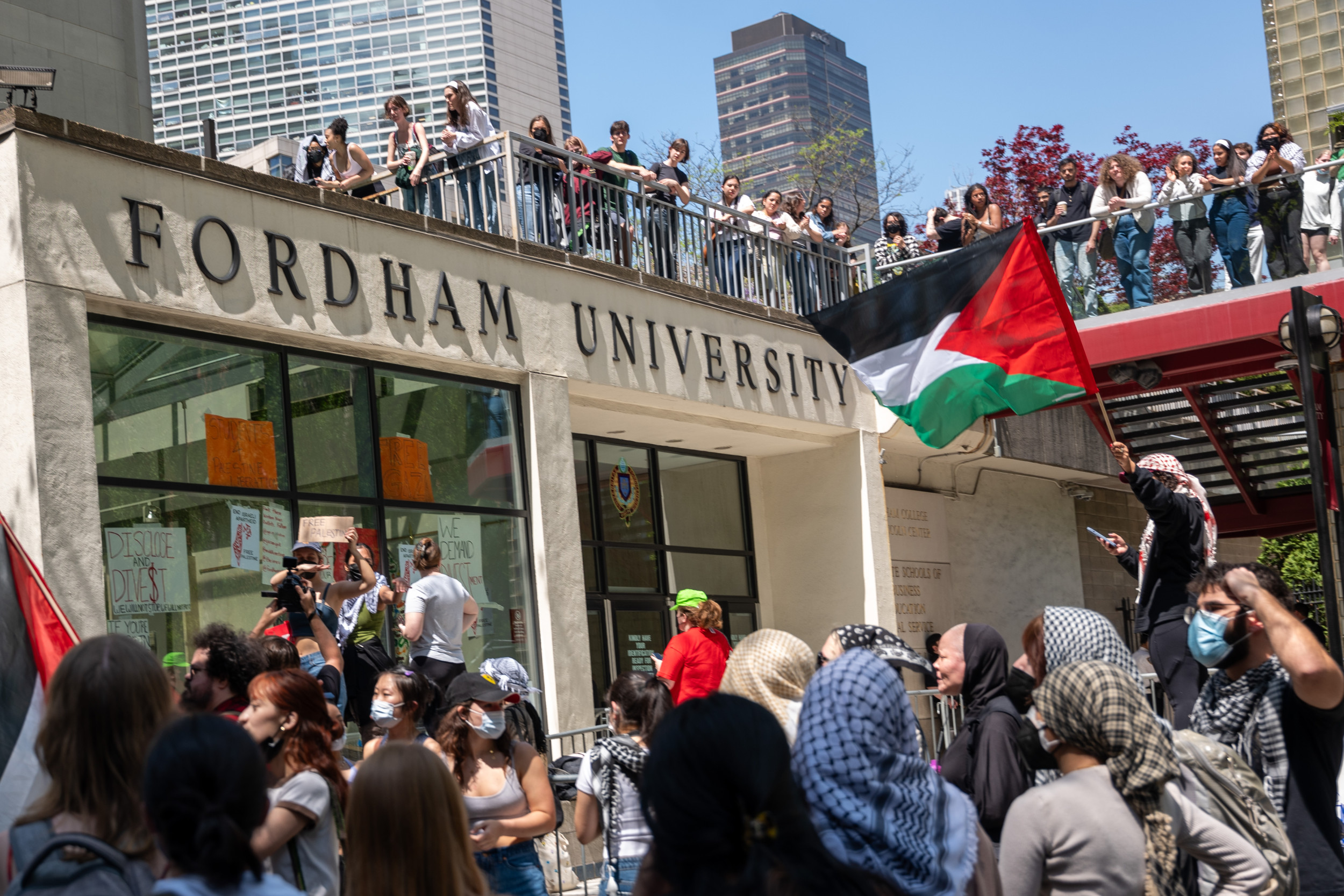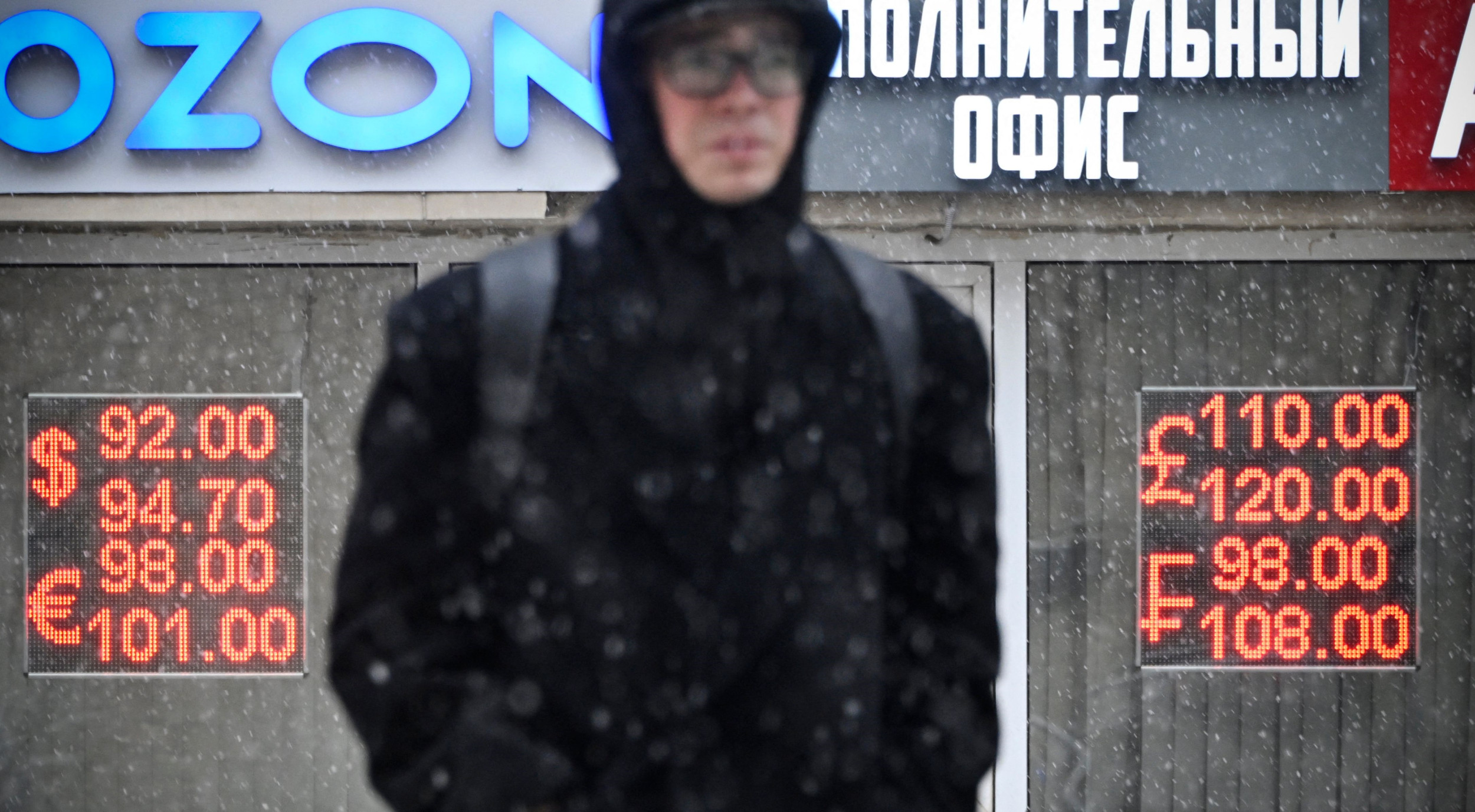Airstrikes and mortar shells from Turkey and its Arab militias rained down on the northern Syrian border town of Ras al-Ayn a few weeks ago. Images from the attack showed children with raw, flayed flesh, screaming.
The munitions allegedly contained white phosphorus—a self-igniting chemical that can burn at upwards of 4,800 degrees Fahrenheit once it makes contact with air.
"It's a horrific weapon. It burns things to the ground and terrifies people," Hamish de Bretton-Gordon, the former head of the British Army's chemical weapons unit, told Newsweek.
"It's extremely painful," said Erik Tollefsen, head of the weapons contamination unit for the International Committee of the Red Cross (ICRC).
"I've seen these burns first-hand when trying to assist and provide first aid to the victims of these attacks and it's devastating... It burns deep, deep, deep into the body and the trauma it causes can be severe."

A Human Rights Watch (HRW) paper on the effects of the incendiary said: "Victims who survive their initial injuries may suffer from intense pain, severe infections, organ failure and lowered resistance to disease ... They may also suffer severe disfigurement and lifelong disability, psychological trauma, and an inability to reintegrate into society."
And yet, although the use of white phosphorus may be considered a war crime if used against civilians, typically it is not. This is because internationally accepted rules on warfare were drawn up by diplomatic representatives of militaries and, often as not, laws on the use of weapons have tended to prioritize military objectives.
The laws governing white phosphorus are among the most egregious of this.
White phosphorus laws mean Turkey is not alone
The chemical's ability to burn at extreme heat also makes it extremely effective at both illuminating the battlefield (when used in flares) and in disseminating smoke to obscure the movement of ground forces (when used in smoke munitions.) Because of its usefulness for a variety of purposes other than anti-personnel weapons, the accepted rules of war have largely protected its use.
"Typically, white phosphorus is not classified as a chemical agent under the Chemical Weapons Convention (CWC)," Tollefsen explained to Newsweek.
"It's typically used in most conventional arms stores in militaries across the world and its usually used to provide a smoke screen, typically to extract or recover forces in the battlefield," he said. "And because white phosphorus generates so much heat when ignited, it can also be used to disturb the weapons of enemies who rely on infrared sights.
"It is also used in the targeting process so that you can illuminate the battlefield in day or night. In the daytime, you can see the smoke as a signaling device and in the night time, you can see areas more clearly because of the heat generated through to night vision goggles."

As a result, white phosphorus use typically falls into the remit of Protocol III of the Convention on Conventional Weapons (CCW), as opposed to the CWC. Protocol III narrowly prohibits targeting civilian populations with incendiary weapons specifically designed to cause burn injuries. It does not explicitly disallow devices like flares and smoke grenades that can cause the same injuries, but ostensibly unintentionally.
This is why more than ninety years on since the first Geneva Conventions were adopted, white phosphorus remains in surprisingly widespread use.
The U.S. has acknowledged using white phosphorus in Fallujah, Iraq, in 2004 and a 2010 study found that the effect on infant mortality, cancer and leukaemia was worse than those experienced by the survivors of the Hiroshima and Nagasaki atomic bombs.
Israel used white phosphorus-loaded munitions during its 2008-2009 Operation Cast Lead—burning and maiming numerous Palestinian civilians as they took shelter in schools, hospitals and community centers. HRW later concluded that the indiscriminate firing of the incendiary into densely packed civilian areas constituted war crimes, a conclusion that Israel—which argued it used the munitions only in order to create smoke screens—continues to reject.
Even in Syria, Turkey is far from the only state to have been blamed for indiscriminate white phosphorus use. Syrian and Russian government forces are also accused of using the substance on multiple occasions and the U.S. also used it on civilians in Raqqa, during the battle against Islamic State militants (ISIS), as recently as 2017.
The United Nations is refusing to investigate
Turkey has so far denied all allegations of using white phosphorus in its recent northern Syria offensive and has released several statements claiming that the attacks were staged by terrorists to discredit the "sensitivity and success" of the Turkish army.
None of the images of the Ras al-Ayn attack published by Newsweek or the The Times of London have been specifically contested, but Turkish President Recep Tayyip Erdogan broadly asserted that reports of white phosphorus use are "false news." The same talking points were repeated by several of his ministers in government-aligned newspapers and on cable news. Many pro-nationalist Twitter accounts also deny the allegations when pictures of alleged evidence are posted online, claiming that Turkey has no access to chemical weapons.
The White House, the Department of Defense, Britain and France's foreign ministries and European Union officials did not respond to Newsweek requests for comment.
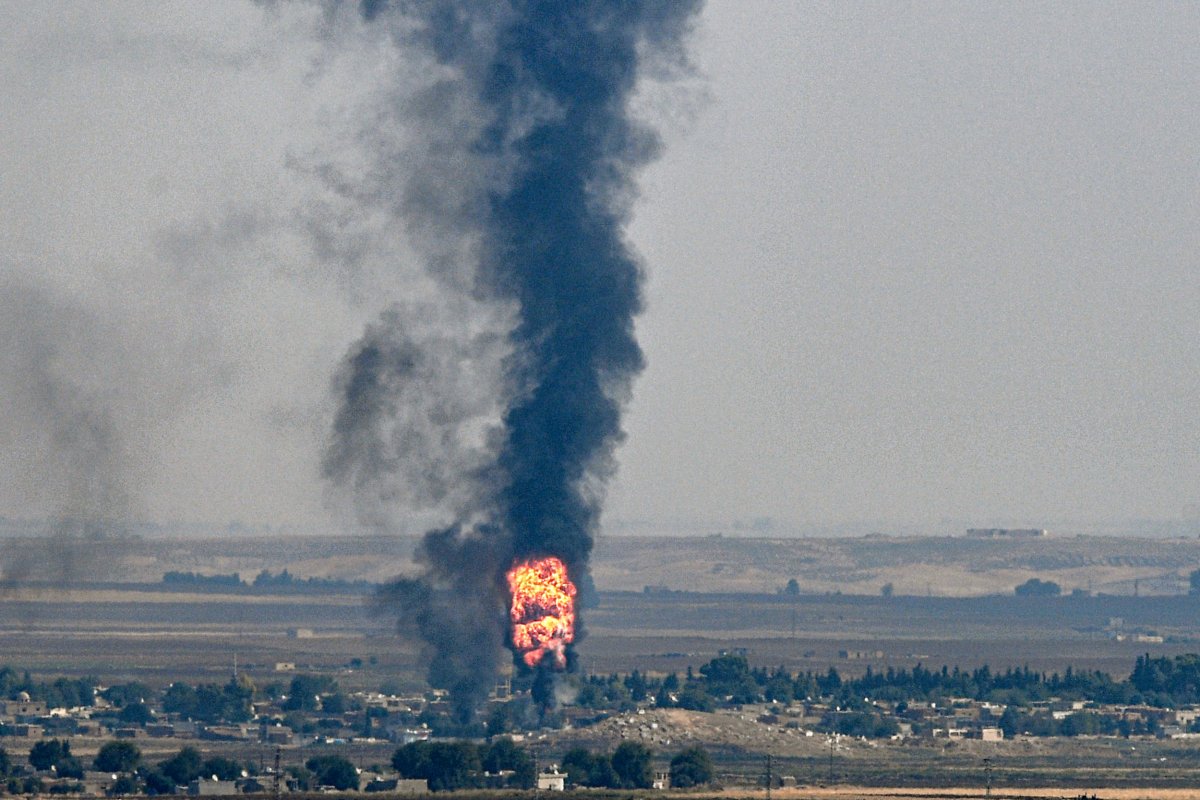
The U.N.-backed Organization for the Prohibition of Chemical Weapons (OPCW) previously confirmed it was aware of the allegations against Turkey and said it was "collecting information with regard to possible use of chemical weapons."
However, a spokesperson since told Newsweek it was not investigating, but merely "monitoring the situation." And The Times of London reported on Sunday that investigators from the OPCW are not only not investigating, but are also refusing to take skin samples taken from civilian casualties suspected of being burned by white phosphorus, arguing the cases fall beyond their remit.
It means that the tissue samples taken by Kurdish medical teams and transferred to Ibril in northern Iraq for analysis will be left to denigrate in refrigerators.
"Nobody wants this to be investigated"
Specialists at the OPCW told the London newspaper, on condition of anonymity, that they were approached by a number of embassies from NATO countries to not get involved.
"Nobody wants this to be investigated because of the answers that might come out," Bretton-Gordon told Newsweek. After 23 years in the British Army's chemical warfare division, he has spent the last eight years working with groups such as the OPCW, the ICRC and HRW, among others in Syria, helping medics treat victims of chemical weapons attacks. He has also helped these agencies develop new mechanisms for collecting evidence.
"I think one of the things people are worried about is that Turkey is responsible for this and Turkey is a NATO ally," he said.
Meanwhile, The Times revealed that U.K. ministers approved upwards of 70 export licences for weapons containing the incendiary phosphorus in the last twenty years.
The U.S. State Department has approved $373.2m of arms sales to Turkey in 2019 alone and after the Ras al-Ayn attack, a number of senators—both Democratic and Republican—have written to Secretary of State Mike Pompeo to share their concerns.
The letter, seen by Foreign Policy, said: "The volume and nature of direct commercial sales to Turkey raise significant concerns that U.S.-origin defense articles may be in use in the Turkish offensive in northern Syria, potentially in connection with the use of chemical weapons and in violation of the applicable end-use agreements and U.S. and international law."
It was signed by Sens. Chris Van Hollen (D-MD), Patrick Leahy (D-VT), and Richard Blumenthal (D-CT) and Marsha Blackburn (R-TN).
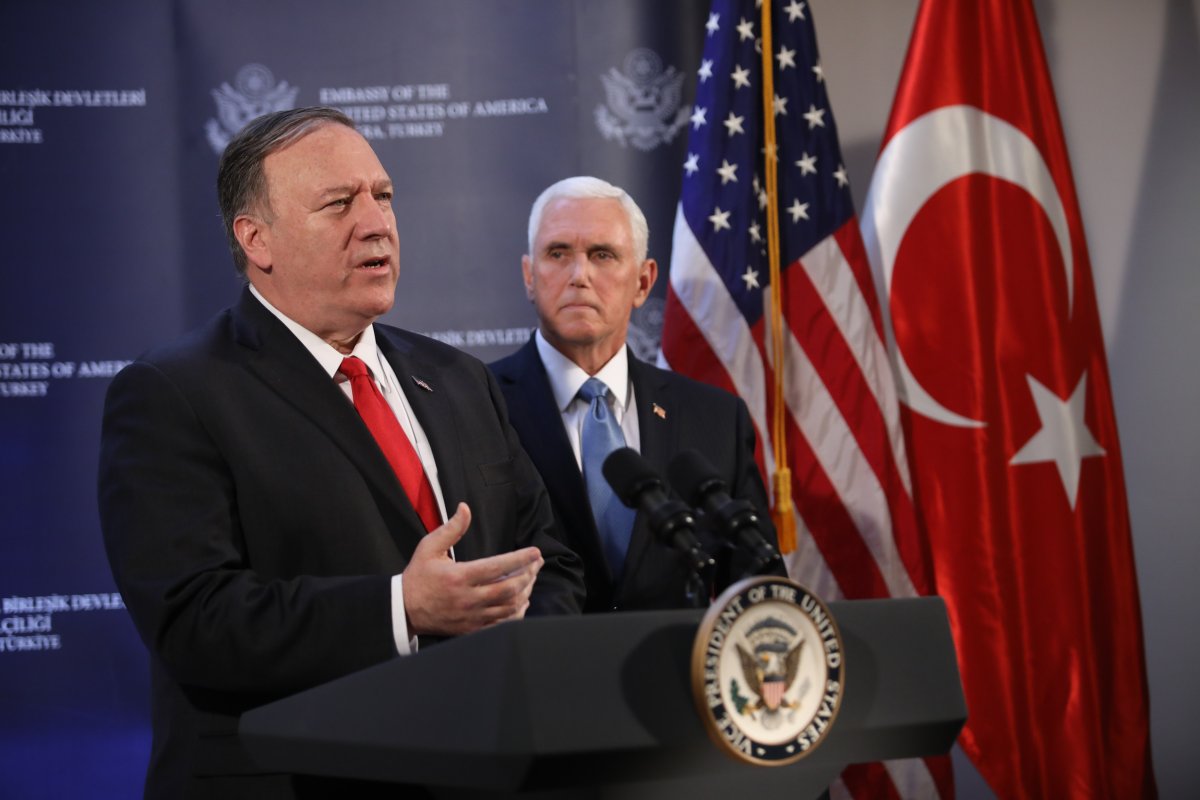
Despite the efforts of senators for further scrutiny, in cases like these, the OPCW can fall back on Protocol III.
When asked by Newsweek why it was not investigating the attacks, a spokesperson for the OPCW simply reiterated an explanation of the protocol.
Closing the loophole
Because of continuing alleged attacks like these that go unpunished, organizations like HRW have tried to beef up Protocol III in the last several years; arguing it is inadequate for the purposes of defending civilians from the use of white phosphorus.
The protocol—which focuses on incendiary weapons in general—states that weapons "primarily designed to set fire to objects or to cause burn injury to persons through the action of flame, heat, or combination thereof," are banned against civilian populations.
However, because many white phosphorus munitions, and indeed the substance itself, are not "primarily designed" for incendiary purposes, the regulation typically allows its use to slide.
"Regulating a weapon under Protocol III depends on how the developer, manufacturer, and/or user describe its purpose," a recent HRW report, From Condemnation To Concrete Action, said.
"Under this definition, the nature or magnitude of impact is not taken into account, as long as the incendiary weapon is found to have a primary purpose that is beyond the scope of the protocol.
"This 'primarily designed' language allows certain munitions that produce incendiary effects, such as white phosphorus, to escape regulation.
"The protocol could be read to allow states to use white phosphorus munitions despite their cruel effects," it added.
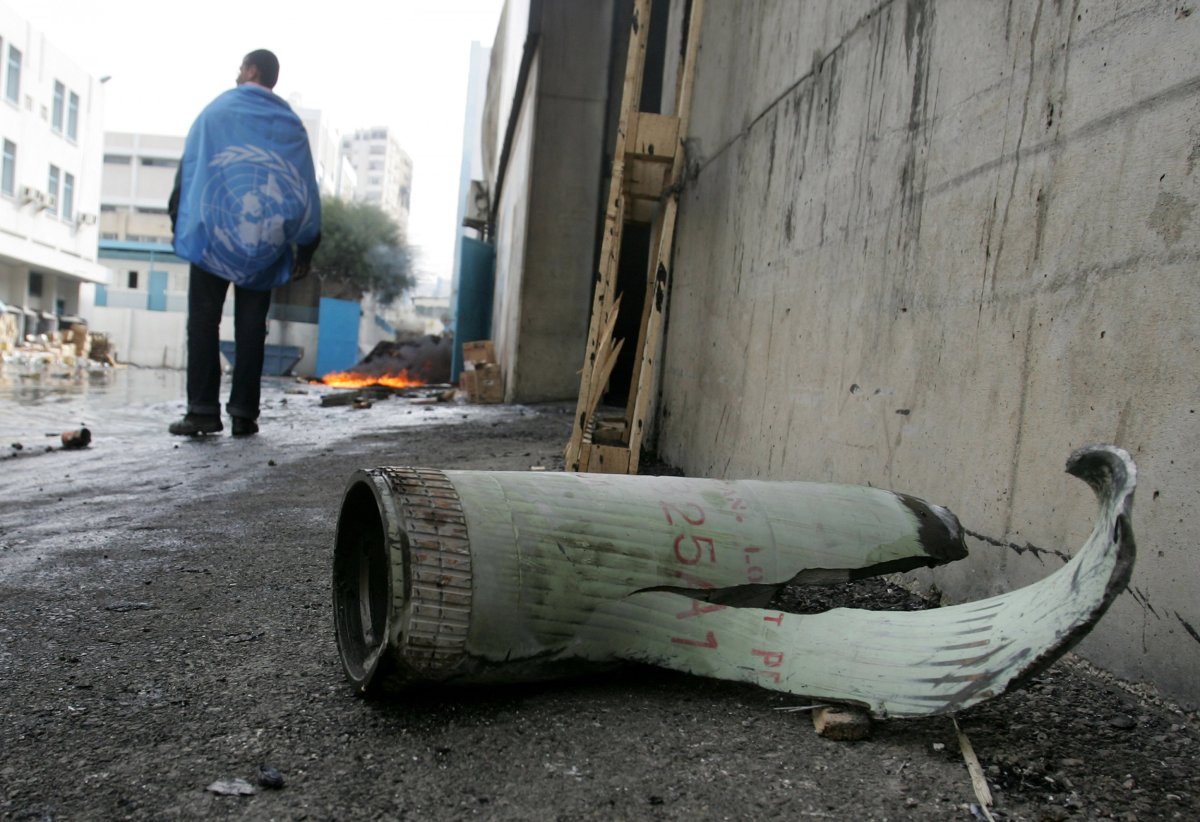
The paper calls for a more comprehensive definition of incendiary weapons to be taken up; one that focuses more on the destruction to civilians caused, regardless of the purpose for which weapons are primarily designed.
HRW presented these conclusions, among others, to a meeting of the contracting parties to the CCW at the United Nations in Geneva, Switzerland, in 2018, but only a handful of countries attended the relevant panel discussion on Protocol III.
Those included Australia, Austria, Chile, Croatia, Mexico, New Zealand, the Russian Federation and Switzerland, in addition to representatives from ICRC. Major players like the U.S., U.K., France, Germany and Israel declined to weigh in.
As such, the HRW initiative is yet to receive the backing needed to proceed.
Bretton-Gordon told Newsweek that the world's most powerful countries need to start speaking out so that these types of attacks stop happening.
"We all cry into our teacups on Sunday morning when we see all these pictures of melting children," he said. "Quite frankly, it's our fault.
"Some of the things I've seen have been indescribable and you just think, crikey, when are we as a government and people going to do something about this?"
Uncommon Knowledge
Newsweek is committed to challenging conventional wisdom and finding connections in the search for common ground.
Newsweek is committed to challenging conventional wisdom and finding connections in the search for common ground.
About the writer
To read how Newsweek uses AI as a newsroom tool, Click here.





